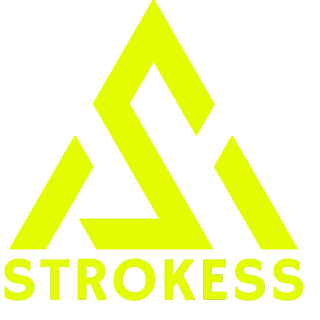Introduction to Paddle Tennis and Pickleball
In the world of racquet sports, two games have been gaining significant traction: Paddle Tennis and Pickleball. Both offer a unique blend of skill, strategy, and social interaction, making them popular choices for players of all ages and skill levels. While these racquet sports share some similarities, they also have distinct differences in their history, equipment, rules, and gameplay. In this comprehensive article, we'll explore the differences of these two exciting racquet sports and help you determine which one might be the best fit for you.
History and Origins
Paddle Tennis

Paddle tennis, also known as platform tennis, has a rich history dating back to the 1920s. The sport was initially developed in 1928 by James Cogswell and Fessenden Blanchard as a way to enjoy tennis-like gameplay during the colder months. The game was designed to be played on a small, elevated platform, allowing for year-round play even in areas with harsh winters.
Pickleball

Pickleball, on the other hand, is a relatively newer addition to the racquet sports family, with its origins tracing back to 1965 on Bainbridge Island, Washington. The game was invented by Joel Pritchard, Bill Bell, and Barney McCallum, who were looking for a fun and easy-to-learn activity that could be enjoyed by people of all ages and skill levels.
Equipment and Court Differences

When comparing Paddle Tennis vs Pickleball, one of the most noticeable differences lies in the equipment used:
Paddle Tennis:
- Court size: 20 feet x 44 feet (6.1 m x 13.4 m)
- Net height: 34 inches (86 cm) at the center
- Paddle: Solid wood or composite material, typically around 18 inches (46 cm) long
- Ball: Hollow rubber ball, slightly larger than a tennis ball
Pickleball:
- Court size: 20 feet x 44 feet (6.1 m x 13.4 m)
- Net height: 36 inches (91 cm) at the center
- Paddle: Composite or graphite material, typically around 16 inches (41 cm) long
- Ball: Perforated plastic ball, slightly smaller than a tennis ball
Pickleball paddles are generally shorter and lighter than those used in paddle tennis, allowing for quicker, more agile play. The unique design of pickleball paddles contributes to the sport's accessibility and ease of learning.
Rules and Gameplay

Paddle Tennis
Paddle tennis is played on a small, enclosed court that's raised up, and the net is a bit lower than in regular tennis. You can play with two or four people, and the goal is to hit the ball over the net into the other team's side without letting it bounce twice on your side.
Pickleball
A pickleball court has a lower net and a smaller court size. Like paddle tennis, it can be played with two or four players. However, pickleball has a unique rule: players must let the ball bounce once on each side before returning it, unlike in paddle tennis where players can hit the ball out of the air.
Skill Requirements and Techniques
The skills required for Paddle Tennis and Pickleball differ significantly:
Paddle Tennis
Paddle tennis requires a strong serve, powerful groundstrokes, and the ability to use the walls of the court strategically. Players must be adept at incorporating spin shots and angled plays to create scoring opportunities.
Pickleball
Pickleball focuses on a more skill-based approach. While power is still important, the game's slower pace and smaller court size allow players to focus on precision and placement. Mastering the "dink" shot - a soft, controlled shot that lands just over the net - is crucial in pickleball.
Health and Fitness Benefits
Both paddle tennis and pickleball offer excellent health benefits as racquet sports. They provide full-body workouts, improve cardiovascular fitness, and enhance agility. The social aspects of these sports also contribute to mental well-being, making them popular choices for players of all ages.
Popularity and Participation Levels
When comparing Paddle Tennis vs Pickleball in terms of popularity, pickleball has seen a more dramatic growth in recent years. The number of pickleball players in the United States has grown from around 3 million in 2014 to over 4.8 million in 2021. This rapid growth can be attributed to the sport's accessibility, ease of learning, and appeal to a wide range of age groups.
Choosing Between Paddle Tennis vs Pickleball
Deciding between paddle tennis and pickleball ultimately depends on your personal preferences, physical abilities, and local resources. If you're looking for a fast-paced, high-intensity game, paddle tennis might be the better fit. If you prefer a more strategy-focused game with an emphasis on finesse, pickleball could be the ideal choice. Consider trying both racquet sports to see which one resonates with you more.
Conclusion: The Future of Racquet Sports
As the popularity of both paddle tennis and pickleball continues to grow, it's clear that these racquet sports are here to stay. They offer unique challenges, social benefits, and opportunities for physical activity, making them appealing to a wide range of players.
Whether you choose to pick up a paddle for paddle tennis or invest in pickleball paddles, you're sure to embark on an exciting journey filled with new skills, friendships, and a lifetime of enjoyment on the court. The future of racquet sports looks bright, with both Paddle Tennis vs Pickleball leading the way in bringing fun and fitness to players around the world.

